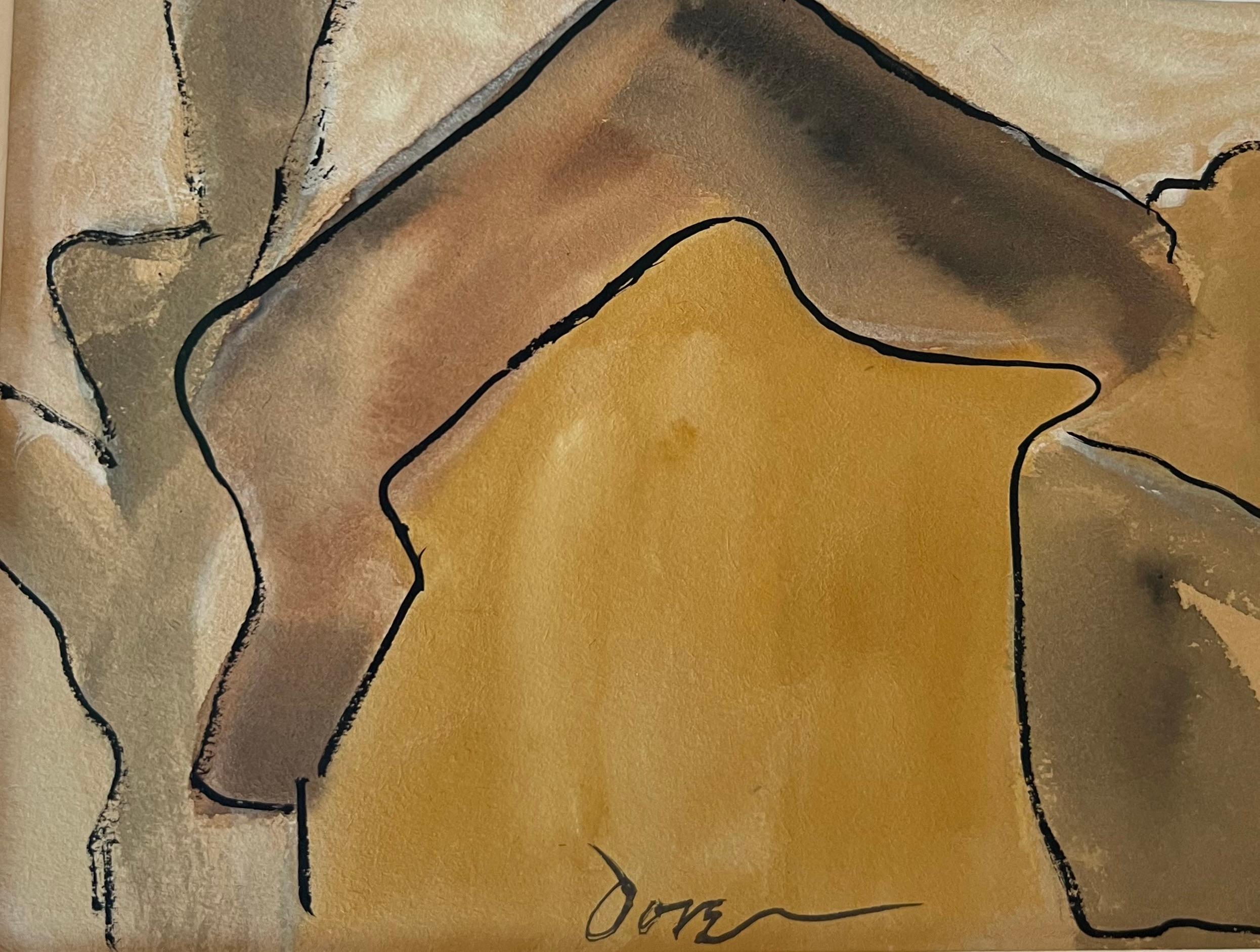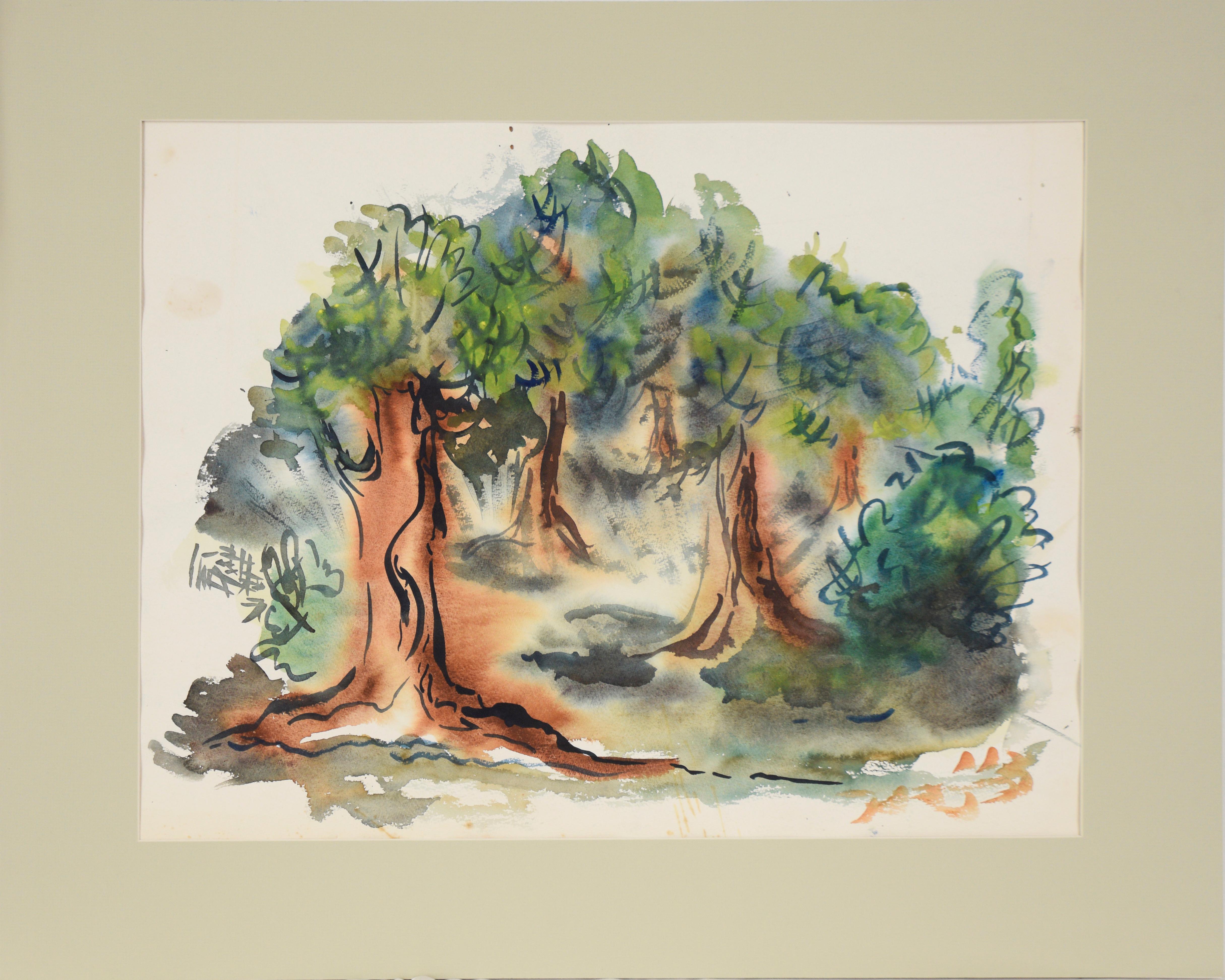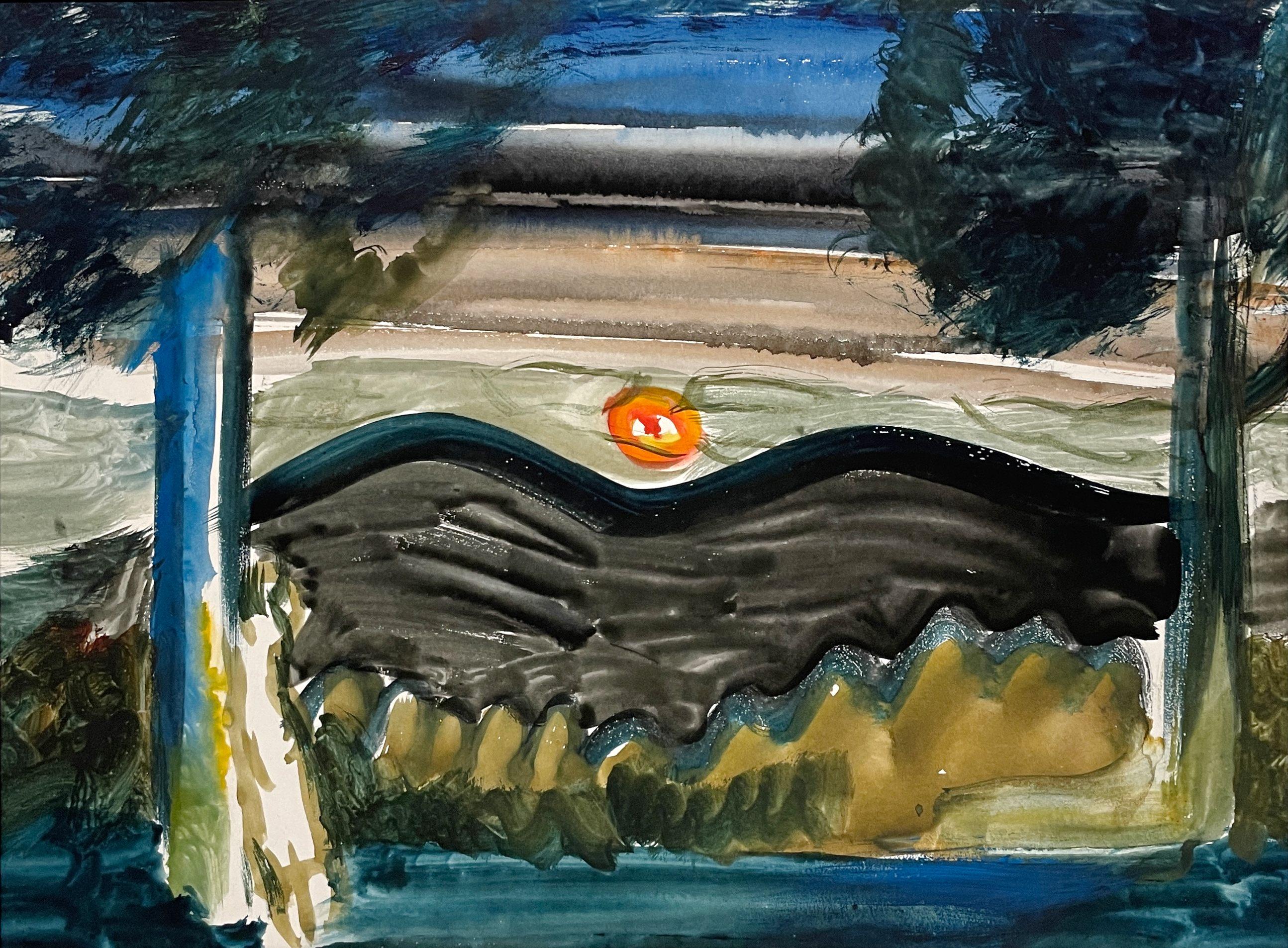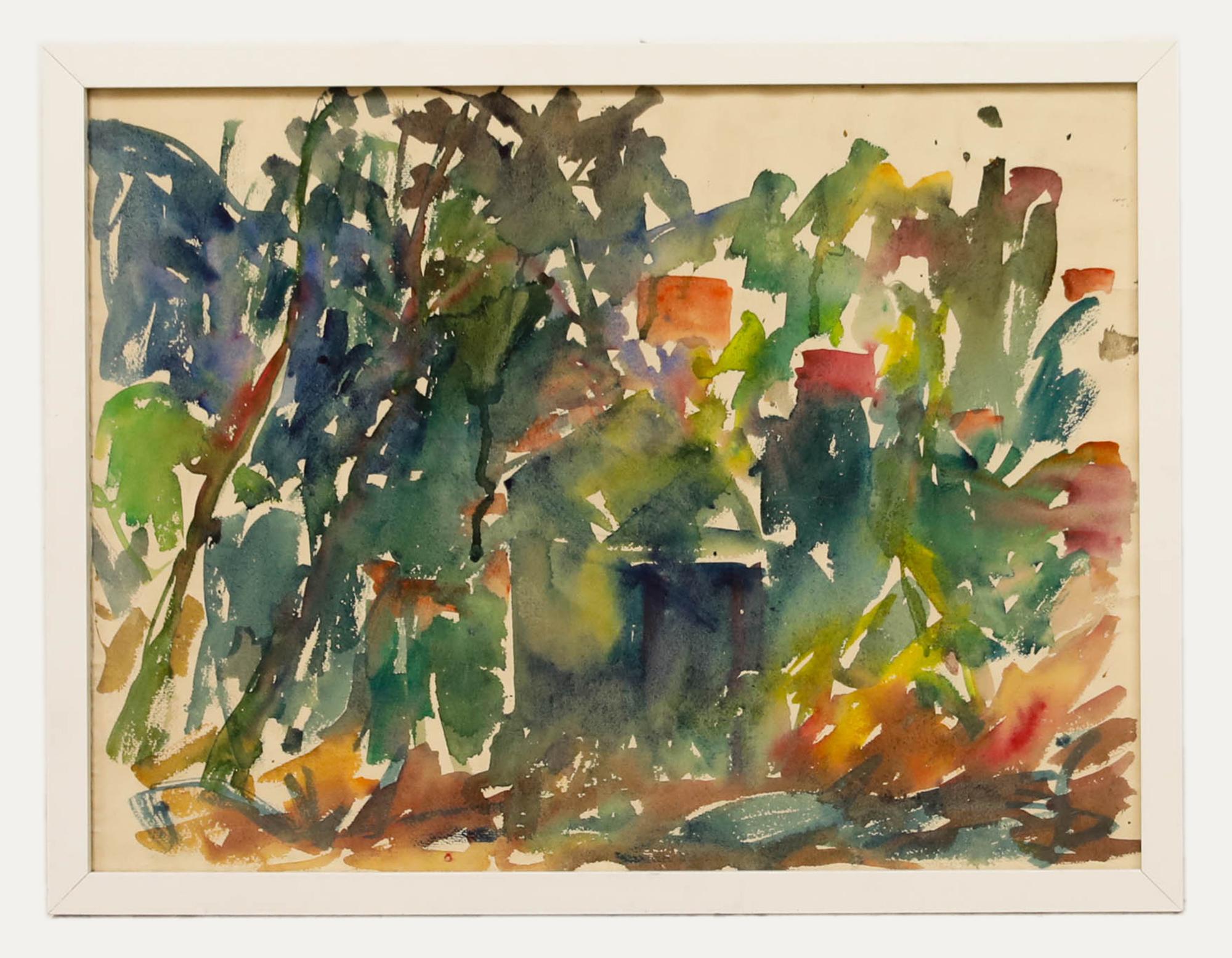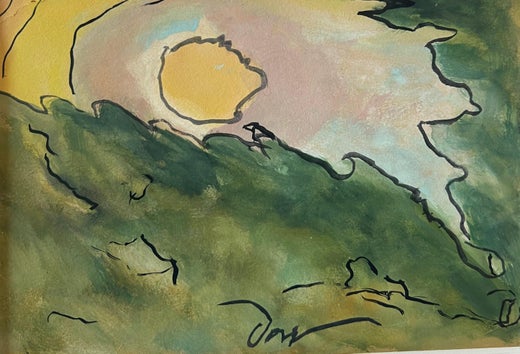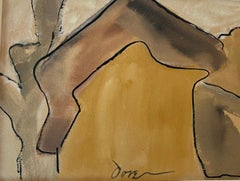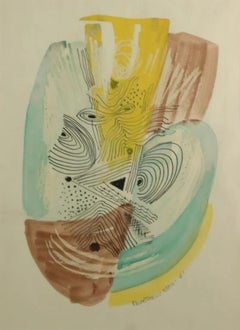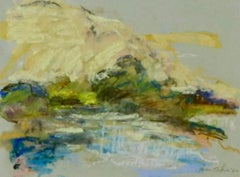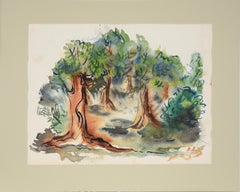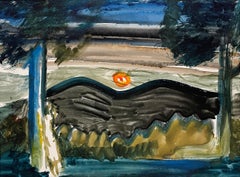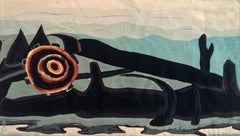Arthur Dove"Through the Trees" Watercolor Mid-20th Century Modern Excellent Provenance1938
1938
About the Item
- Creator:Arthur Dove (1880-1946, American)
- Creation Year:1938
- Dimensions:Height: 10 in (25.4 cm)Width: 12 in (30.48 cm)
- Medium:
- Movement & Style:
- Period:
- Condition:
- Gallery Location:New York, NY
- Reference Number:1stDibs: LU1156216063372
Arthur Dove
Arthur Garfield Dove was an American artist. Born in Canandaigua on August 2, 1880, Dove is credited as being the first innovative abstract painter in America. Dove used a wide range of media, sometimes in unconventional combinations, to produce his abstractions and his abstract landscapes. Many of his abstractions showed obvious Oriental influence and were derived from landscape and organic subjects with color used freely and calligraphic lines emphasizing energy or force. Generally, Dove’s method was to make watercolor sketches outdoors and later oil paintings in his studio. Dove died on November 23, 1946, in Huntington.
- ShippingRetrieving quote...Shipping from: Pawling, NY
- Return Policy
More From This Seller
View All1940s American Modern Abstract Drawings and Watercolors
Paper, Watercolor
1940s American Modern Abstract Drawings and Watercolors
Paper, Gouache
1930s Abstract Abstract Drawings and Watercolors
Paper, Ink, Watercolor
1960s Abstract Abstract Drawings and Watercolors
Paper, Pastel
1940s Abstract Abstract Drawings and Watercolors
Watercolor, Gouache, Rag Paper
1930s American Modern Abstract Drawings and Watercolors
Paper, Watercolor, Gouache
You May Also Like
1940s Abstract Abstract Paintings
Mixed Media
Mid-20th Century American Impressionist Landscape Drawings and Watercolors
Paper, Watercolor
1930s American Modern Landscape Paintings
Paper, Watercolor
20th Century American Modern Landscape Paintings
Wool
20th Century Landscape Drawings and Watercolors
Watercolor
2010s Contemporary Abstract Drawings and Watercolors
Ink, Watercolor
Read More
With Works Like ‘Yours Truly,’ Arthur Dove Pioneered Abstract Art in America
New York gallery Hirschl & Adler is exhibiting the bold composition by Dove — who’s hailed as the first American abstract painter — at this year’s Winter Show.
Ludwig Bemelmans Captures the Thrilling Sight of Coney Island at Night
The ‘Madeline’ creator and Carlyle Hotel legend was in a New York state of mind in the 1940s when he produced this exuberant and rare oil painting.
